| A week and a half ago, I was at home after work and Jim from the Historical Society called. The Times-Standard building was being cleaned out following the removal of their printing press and one of the workers was charged with clearing out a storage room full of newspapers. Concerned that they would be headed straight for the dump, the worker, named Thomas, called Jim, saying that the room needed to be cleared out by Friday, which was two days away. He asked if the Historical Society wanted to take up the Archive. So, Jim called me. |
| It was long and dirty work in the process of saving the newspapers. We spent 4 1/2 hours that Friday moving books, boxing up papers, and trying not to read all the interesting articles. Thomas had been notified that we had until probably the end of the following week to have everything out, so our schedule was thankfully relaxed a bit. He had also offered to help with the process with a trailer and his truck to haul the papers the 2 blocks to the Historical Society where they would be stored. |
| The following Monday, with a few new volunteers, we worked another 4 1/2 hours to get the last of the newspapers out. Jim had been bringing boxes from the Historical Society, and had to have brought over 60 or so boxes, if not more. By the mid afternoon on Monday thought, we had ran out of boxes to put the loose papers in, so we has to use box lids and twine to tie the papers together. Then the twine ran out. |

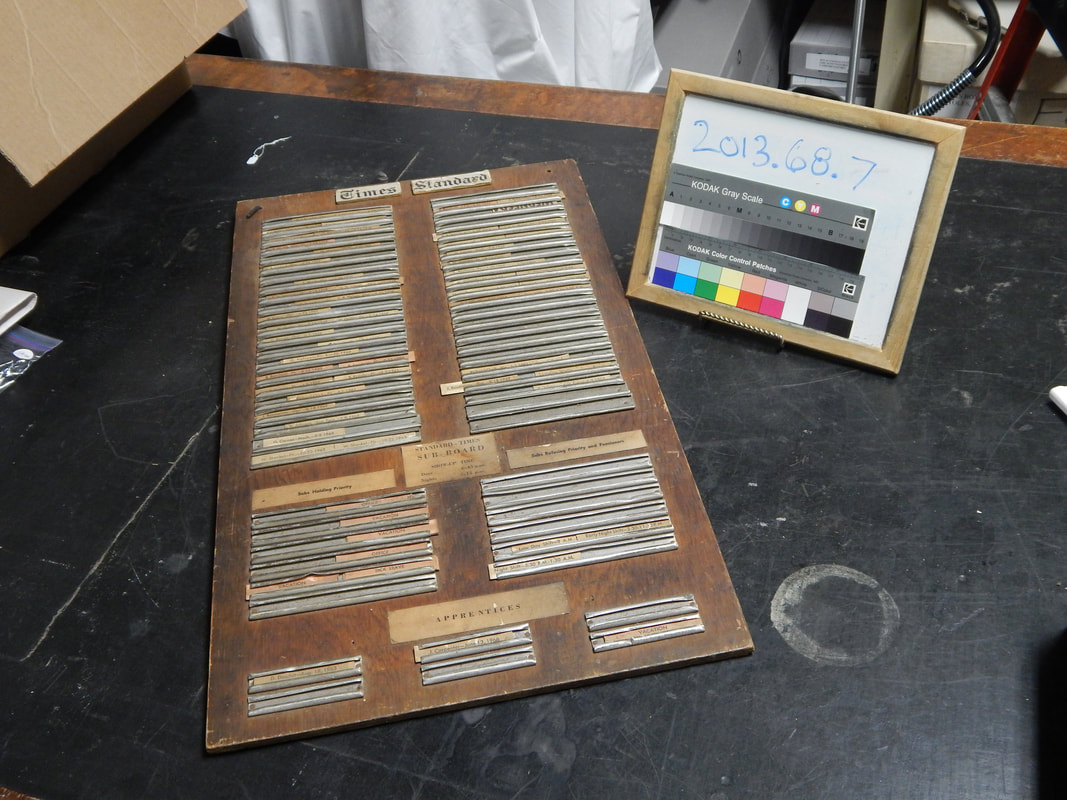
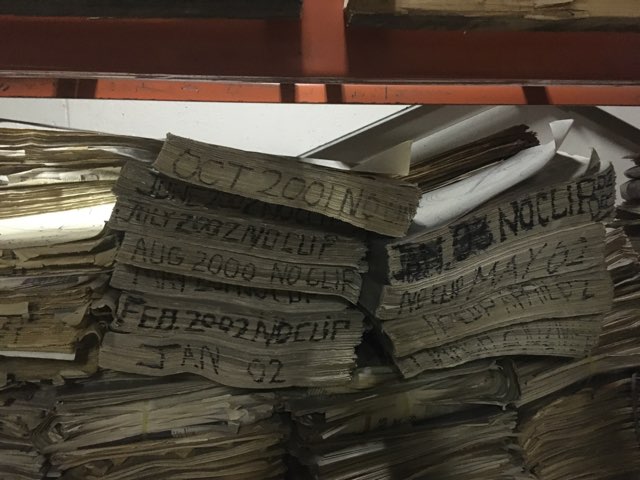
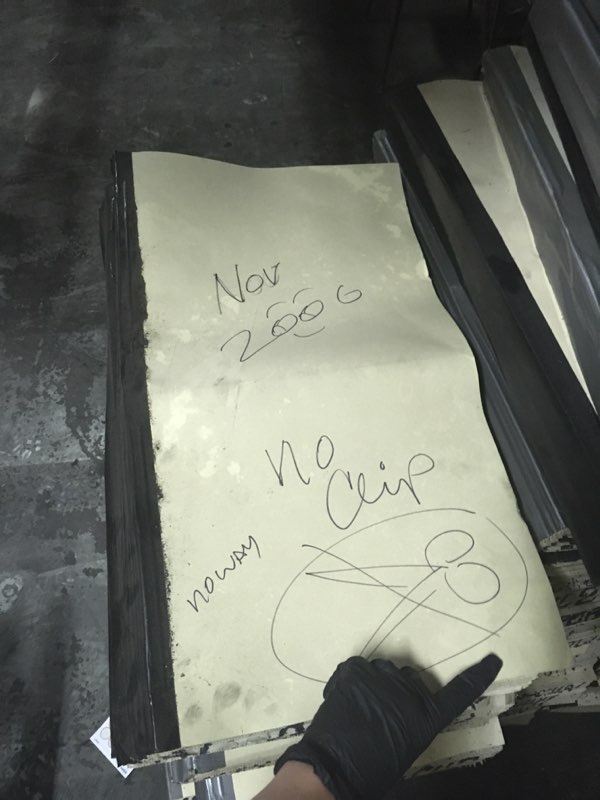
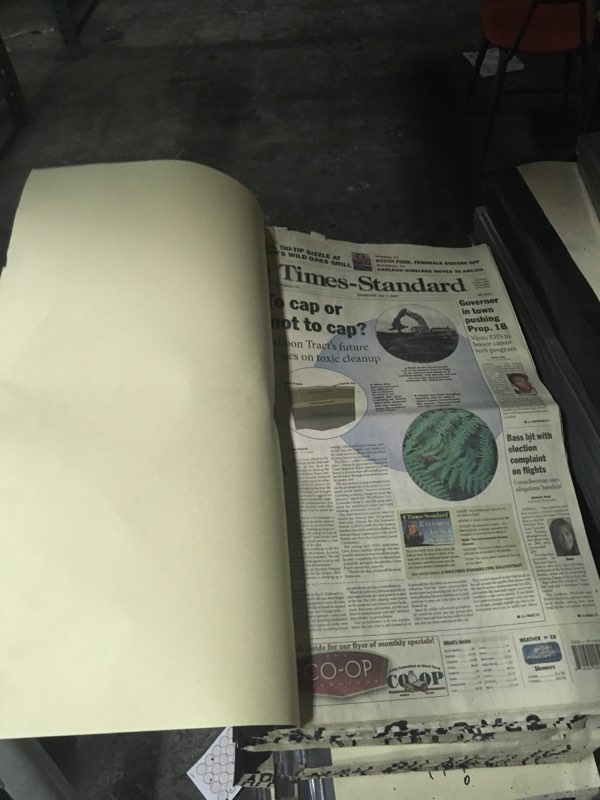
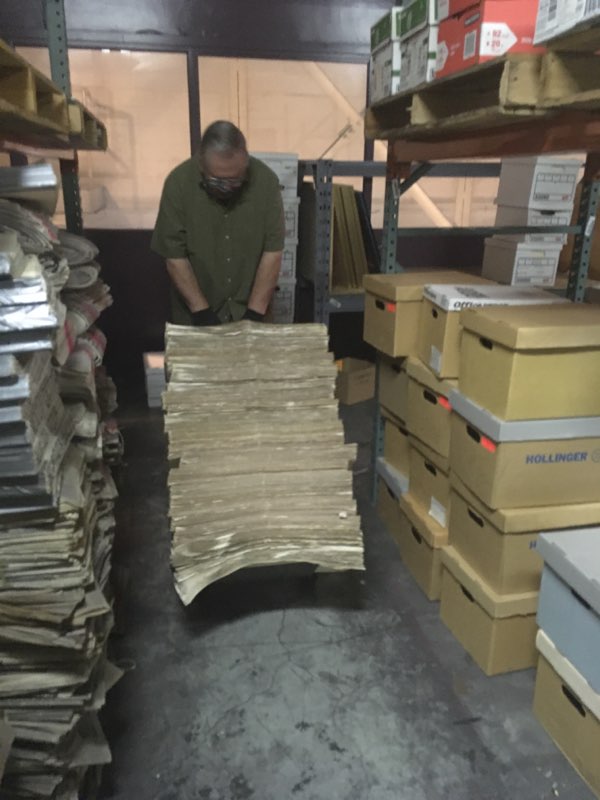
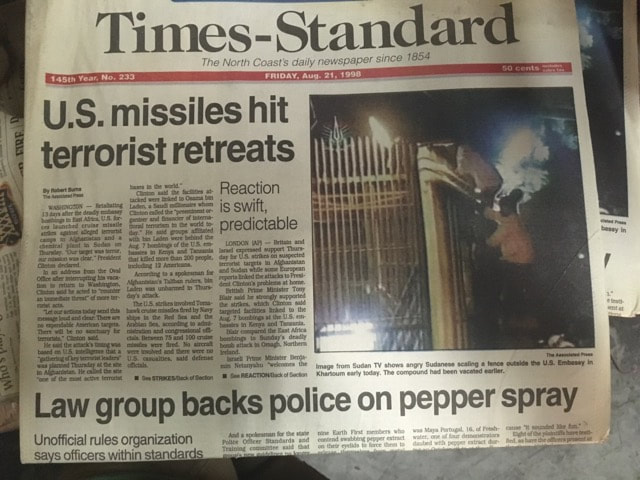
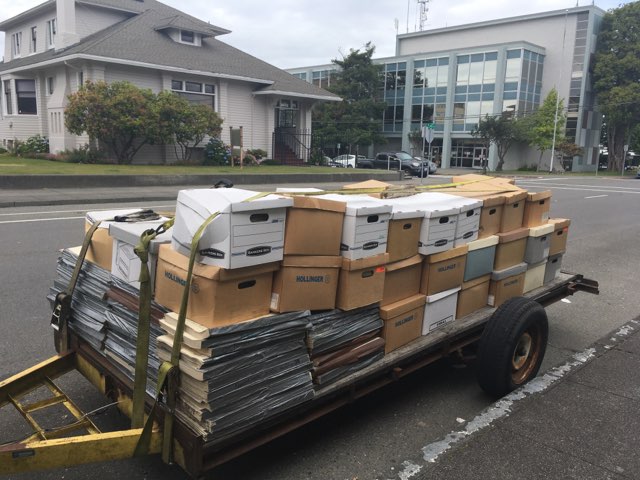
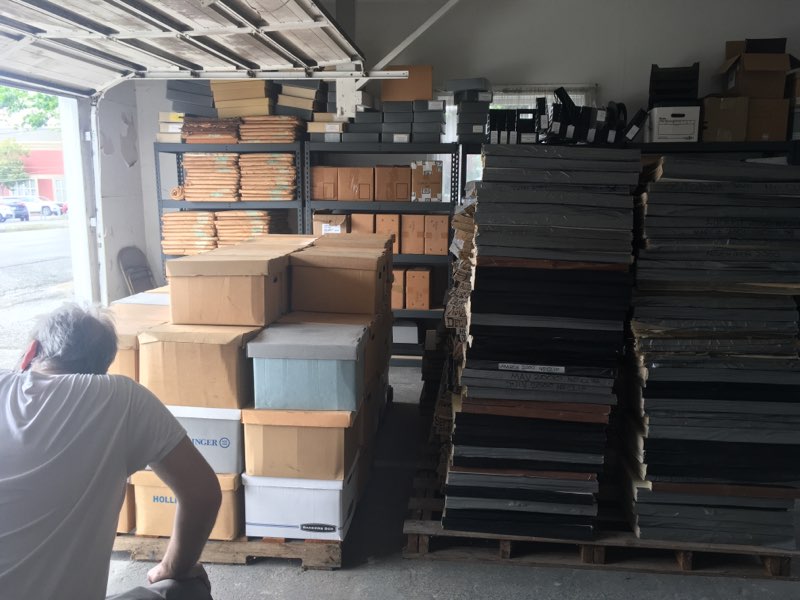
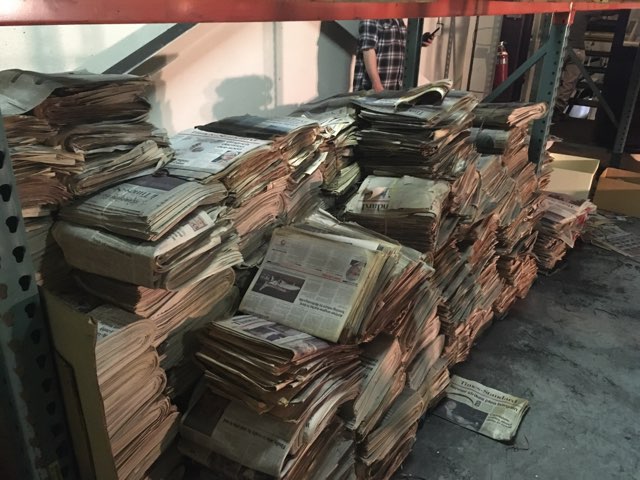
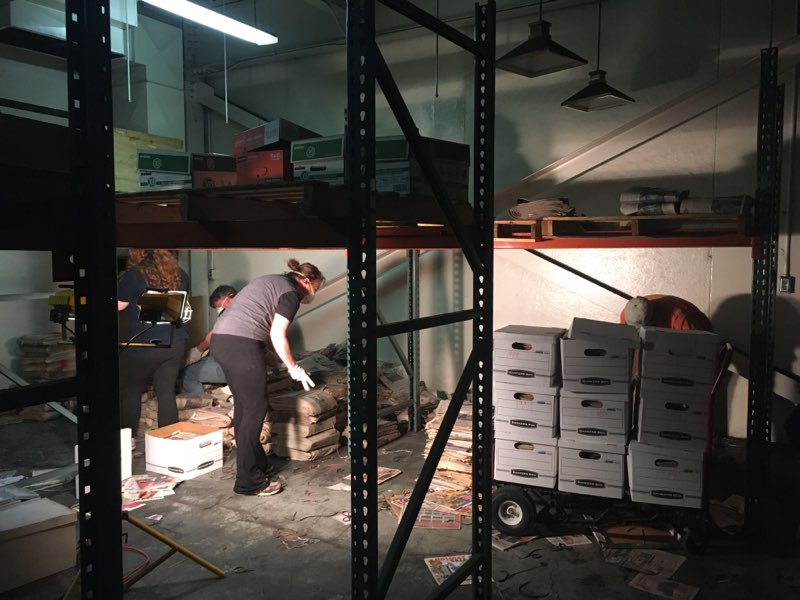
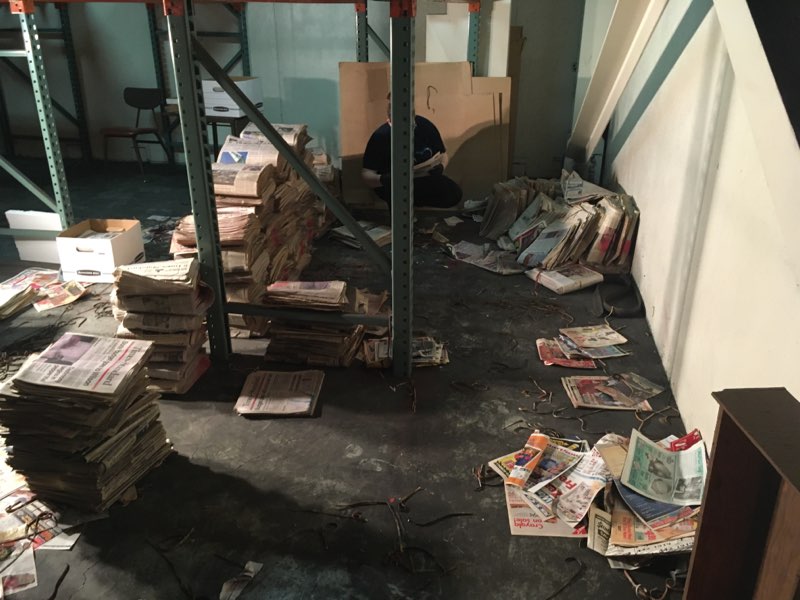
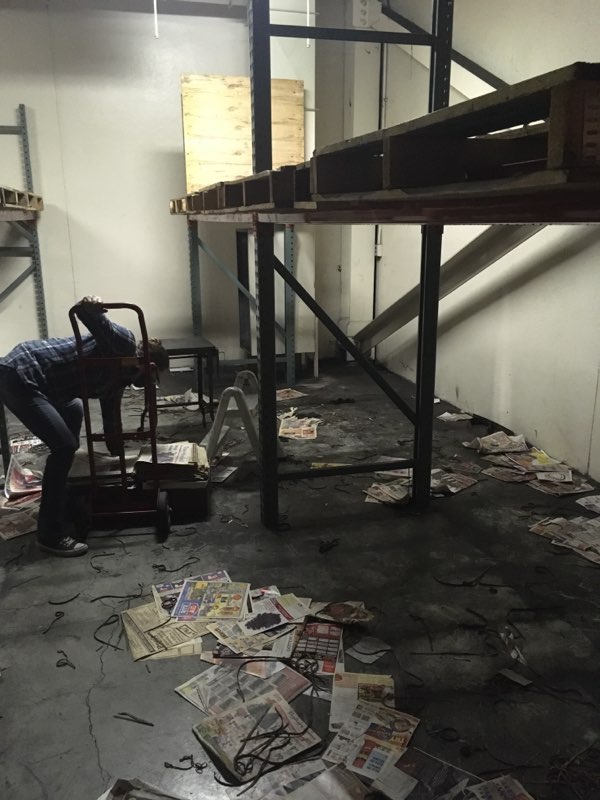
 RSS Feed
RSS Feed